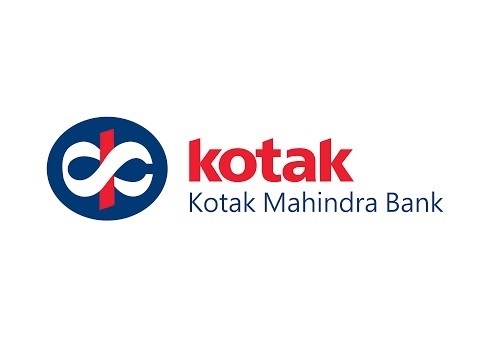Current savings, investment rates insufficient for 8% GDP growth: Ind-Ra

India Ratings and Research (Ind-Ra) in its latest report has said that clawing the economy back to an 8 per cent growth path will require bringing savings and investment rates closer to 35 per cent on a sustained basis, which were 30.2 and 29.6 per cent, respectively, in FY22. It said a large part of investments will have to be in infrastructure, which can help revive private investments by easing supply constraints and offset the weakening of external demand due to global headwinds.
The report said higher investments will have to be accompanied by higher domestic savings to keep the savings-investments gap under check. The big missing link now is the government's focus on stepped-up capital expenditure on infrastructure, but not enough commensurate steps to encourage savings. This is because, this government, in its bid to simplify the income tax structure, has been steadily doing away with various incentives for savings, impacting household savings, which has been the mainstay of overall savings in the economy.
The agency said after the 6.6 per cent contraction in FY21, the economy is expected to close the outgoing fiscal with a 7 per cent growth, down from 8.7 per cent in FY22 and fall further to 5.9 per cent next fiscal. It said that these growth rates are not enough for the nation to reap the benefit of demographic dividends, which demands that the economy has to clip at a sustained growth rate of over 8 per cent over the next two-three decades to keep the massive youth in the workforce. It can be noted that investment and savings rates jumped significantly during FY 04-08 when the economy had its best growth rates. The investment rate rose 39.8 per cent in FY11, but since then, it has been on a downslide, primarily due to the difficulties faced in project implementation and stagnation in capacity utilisation of the manufacturing sector.



.jpg)













